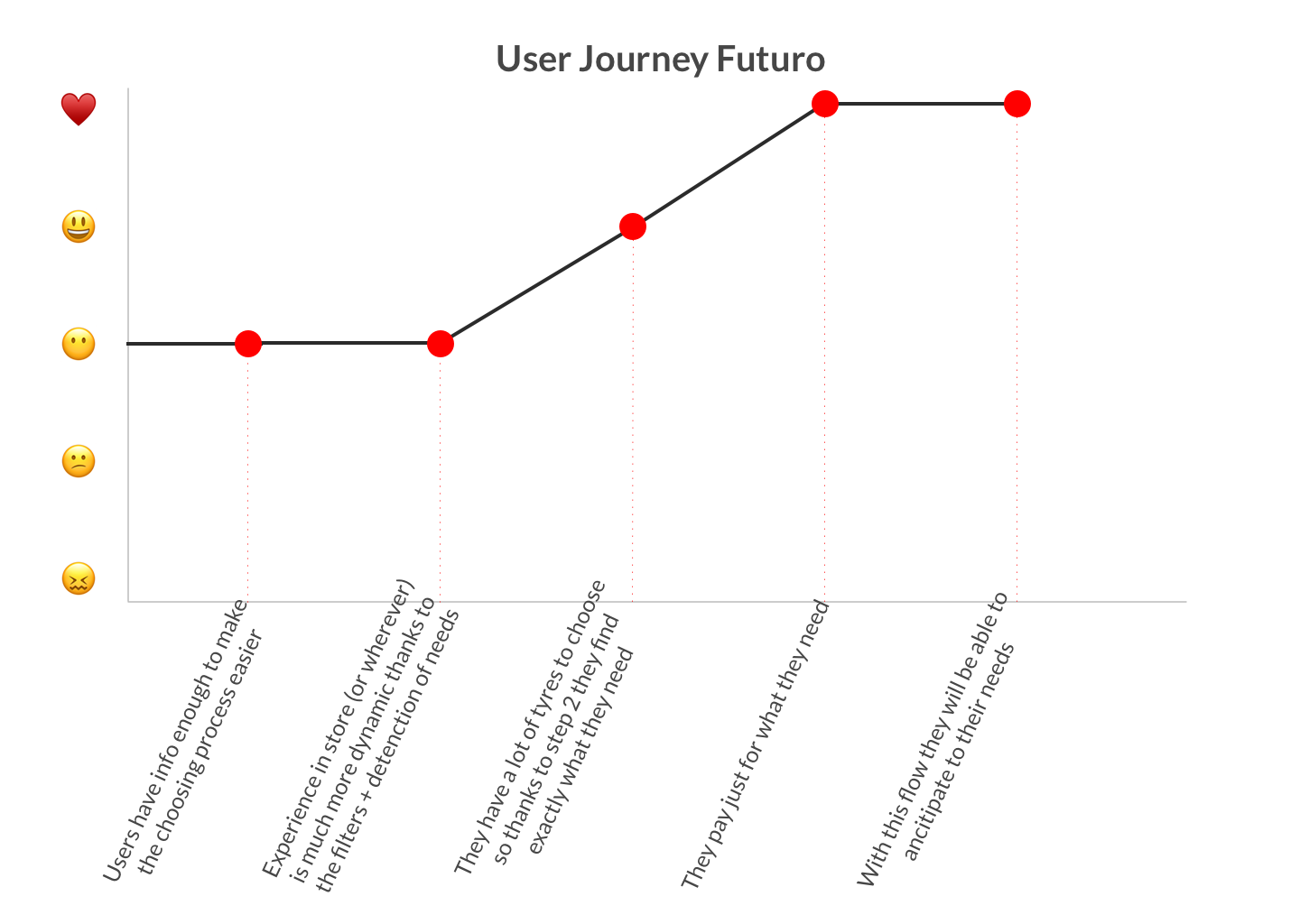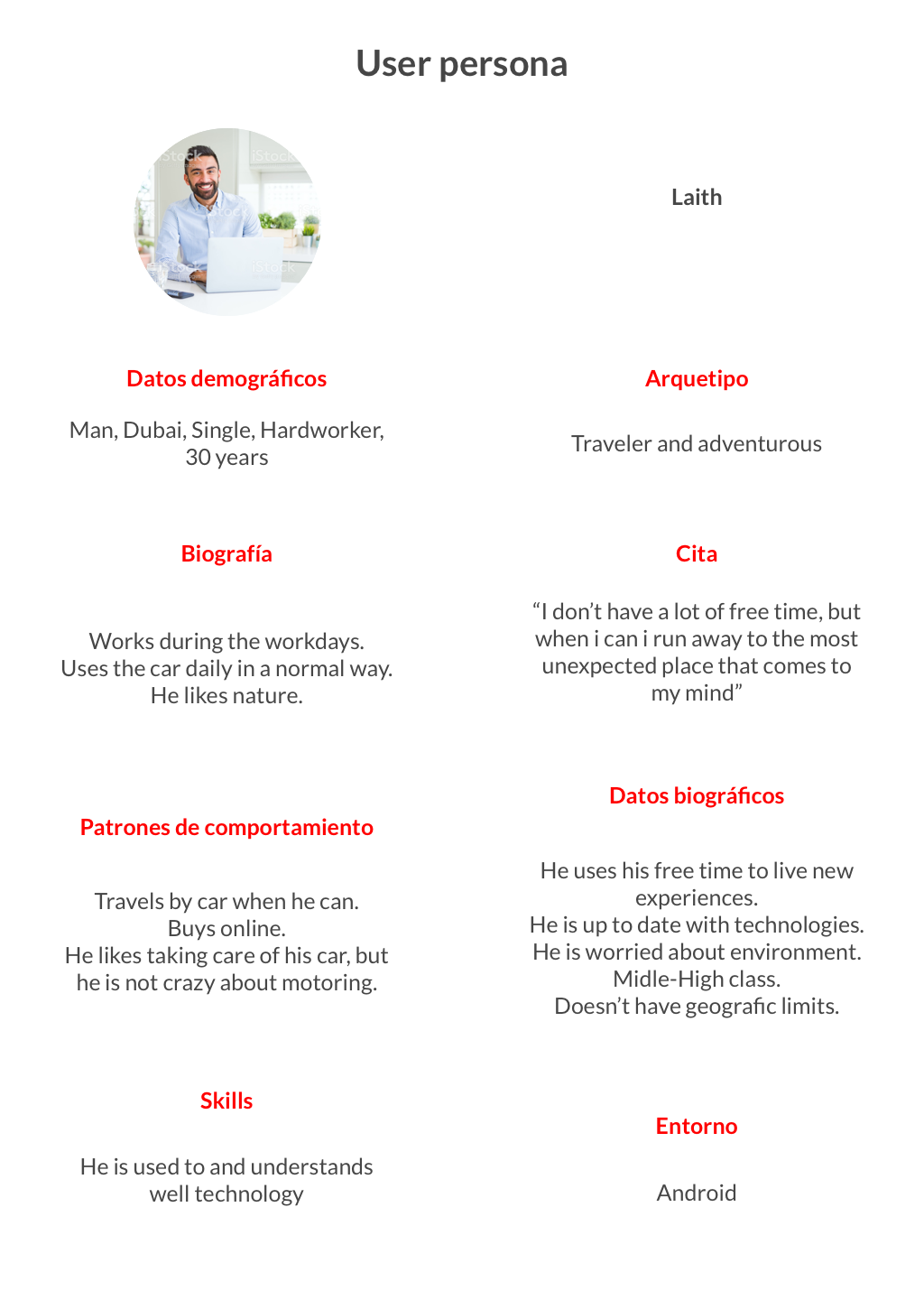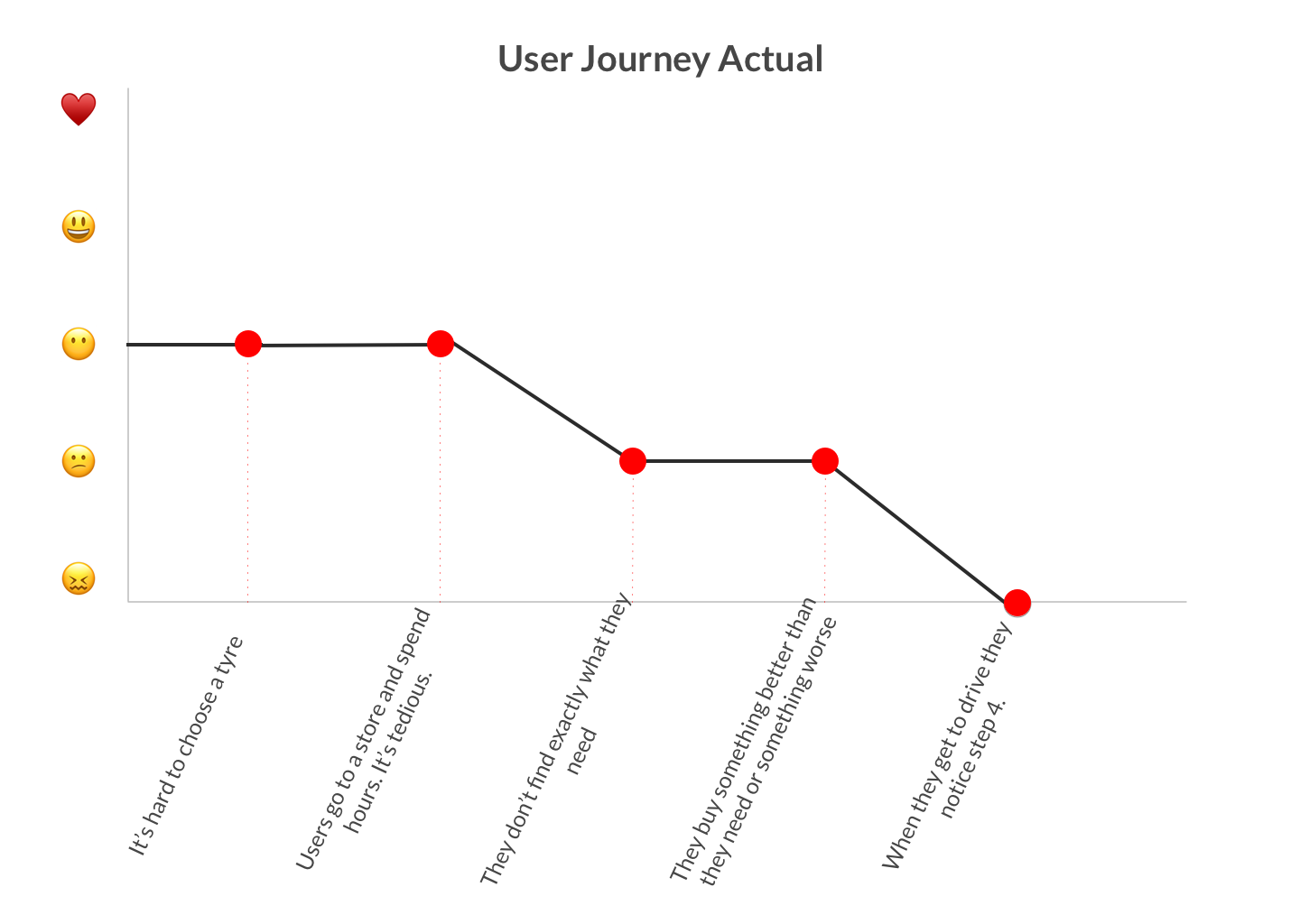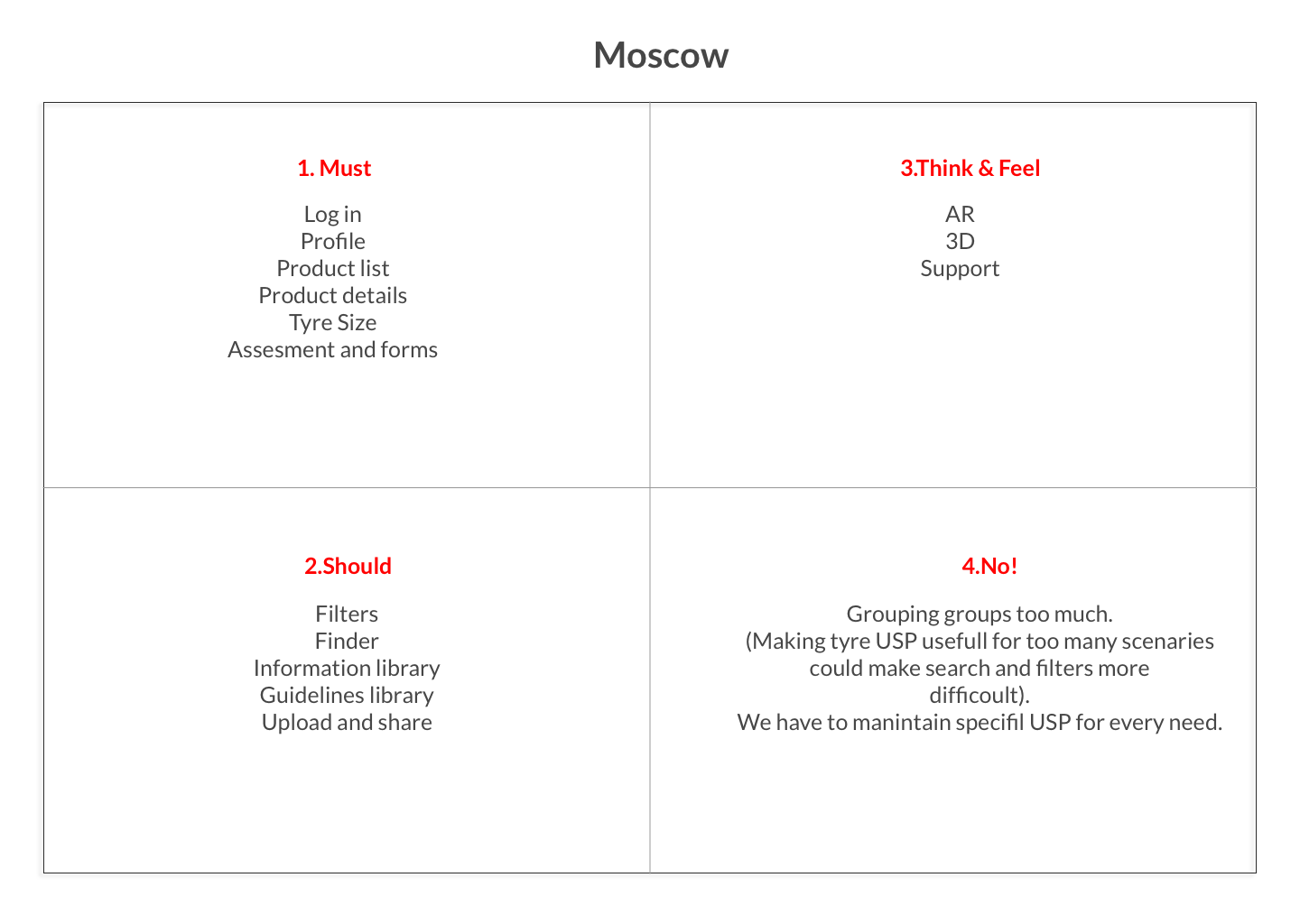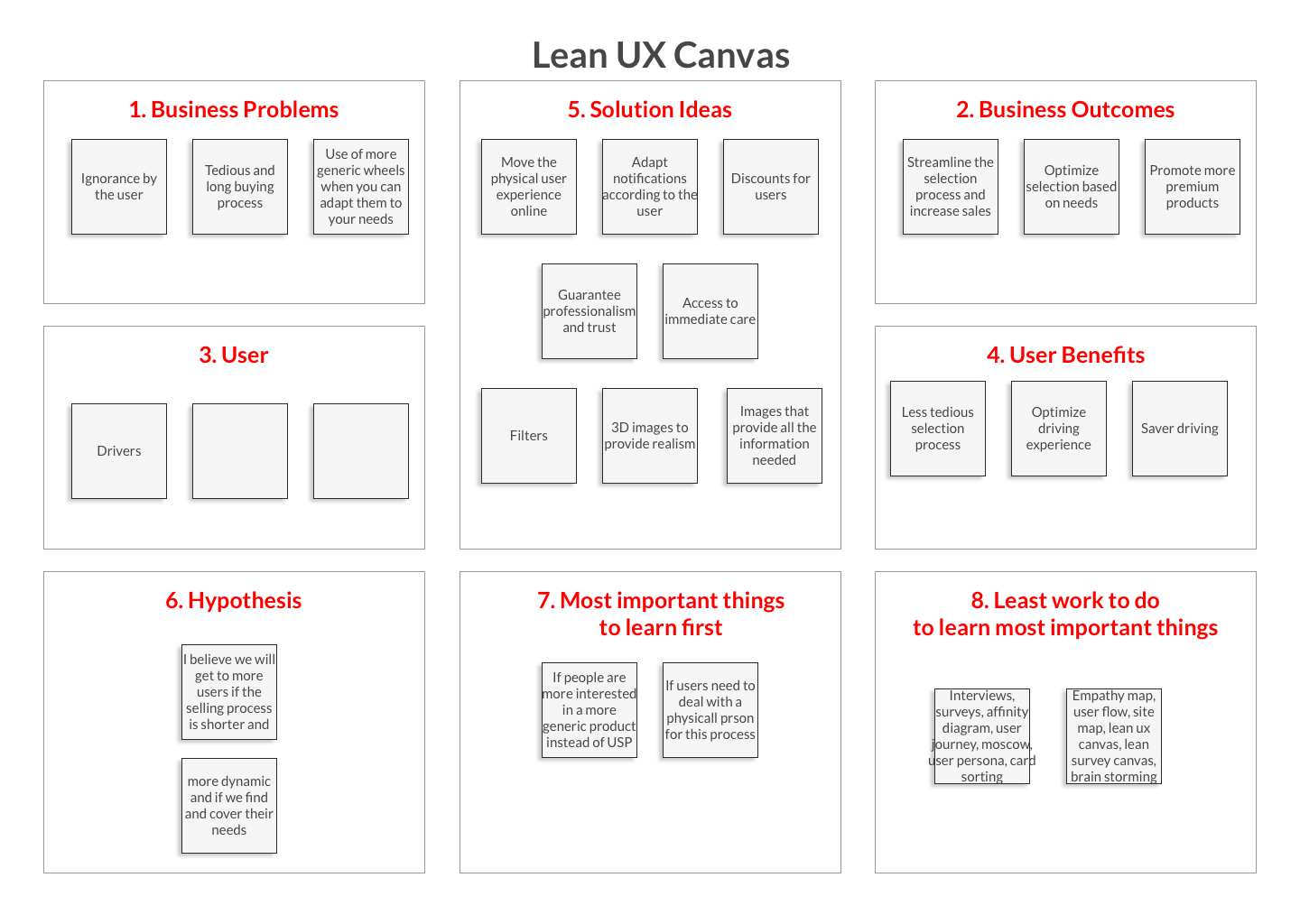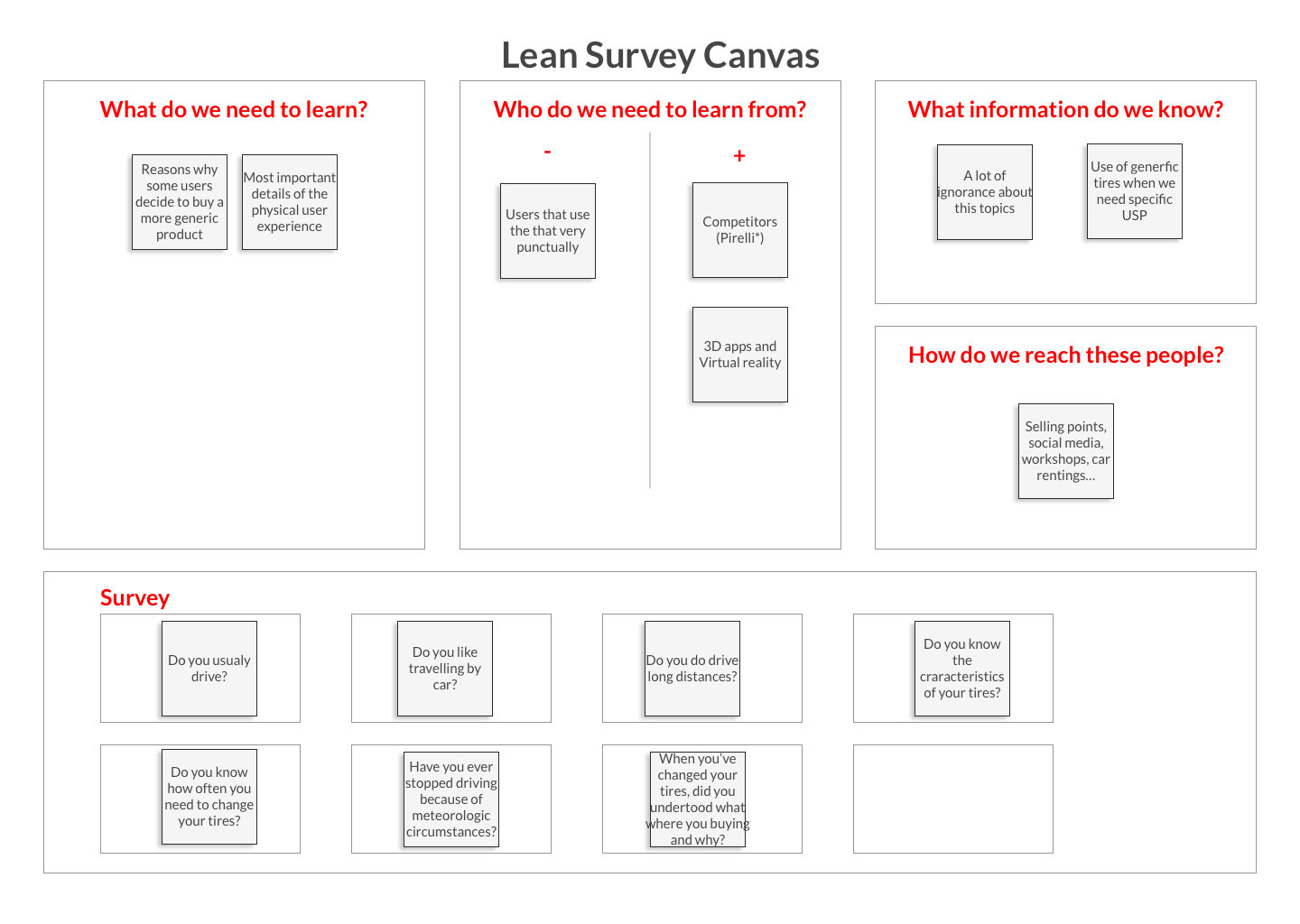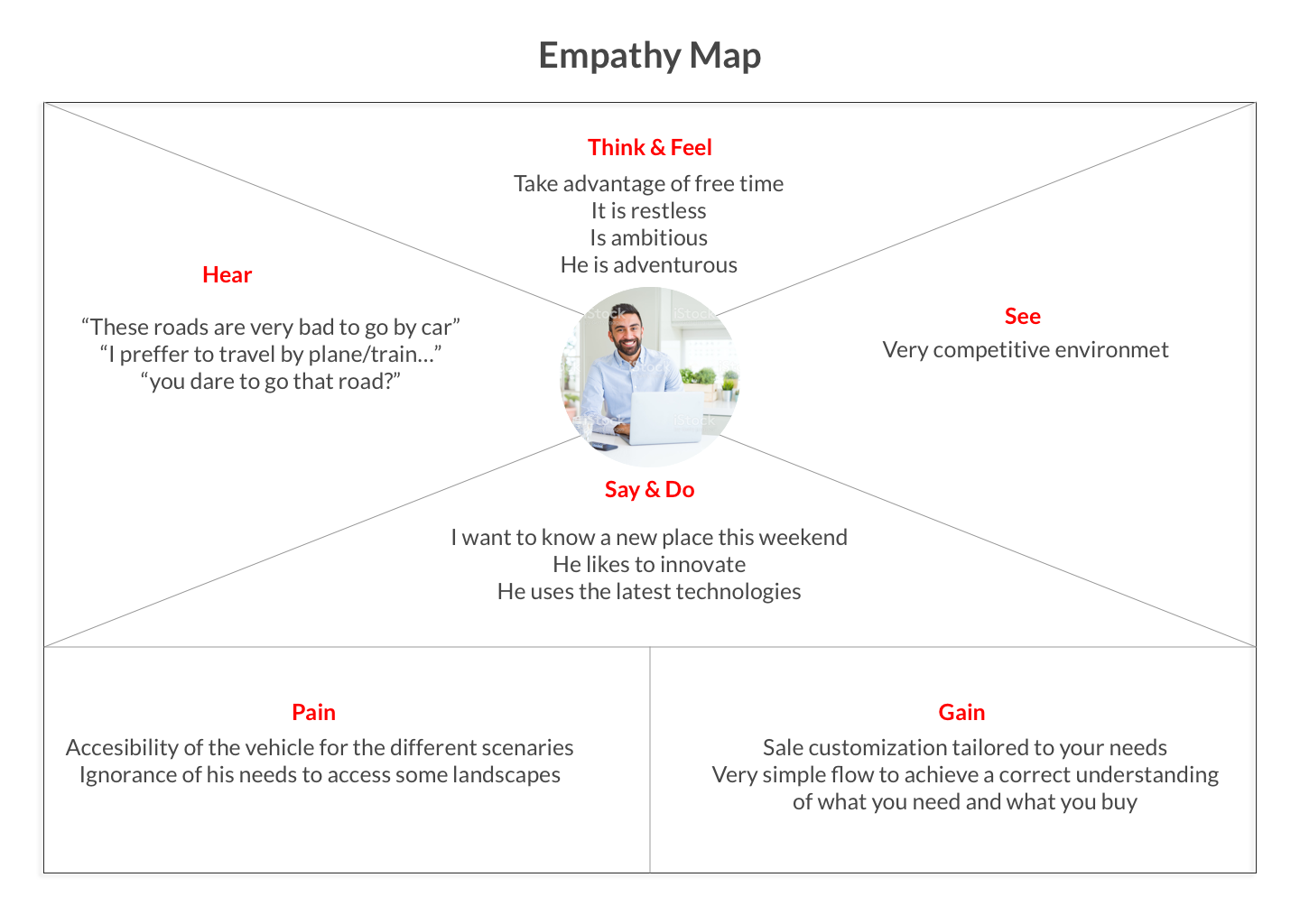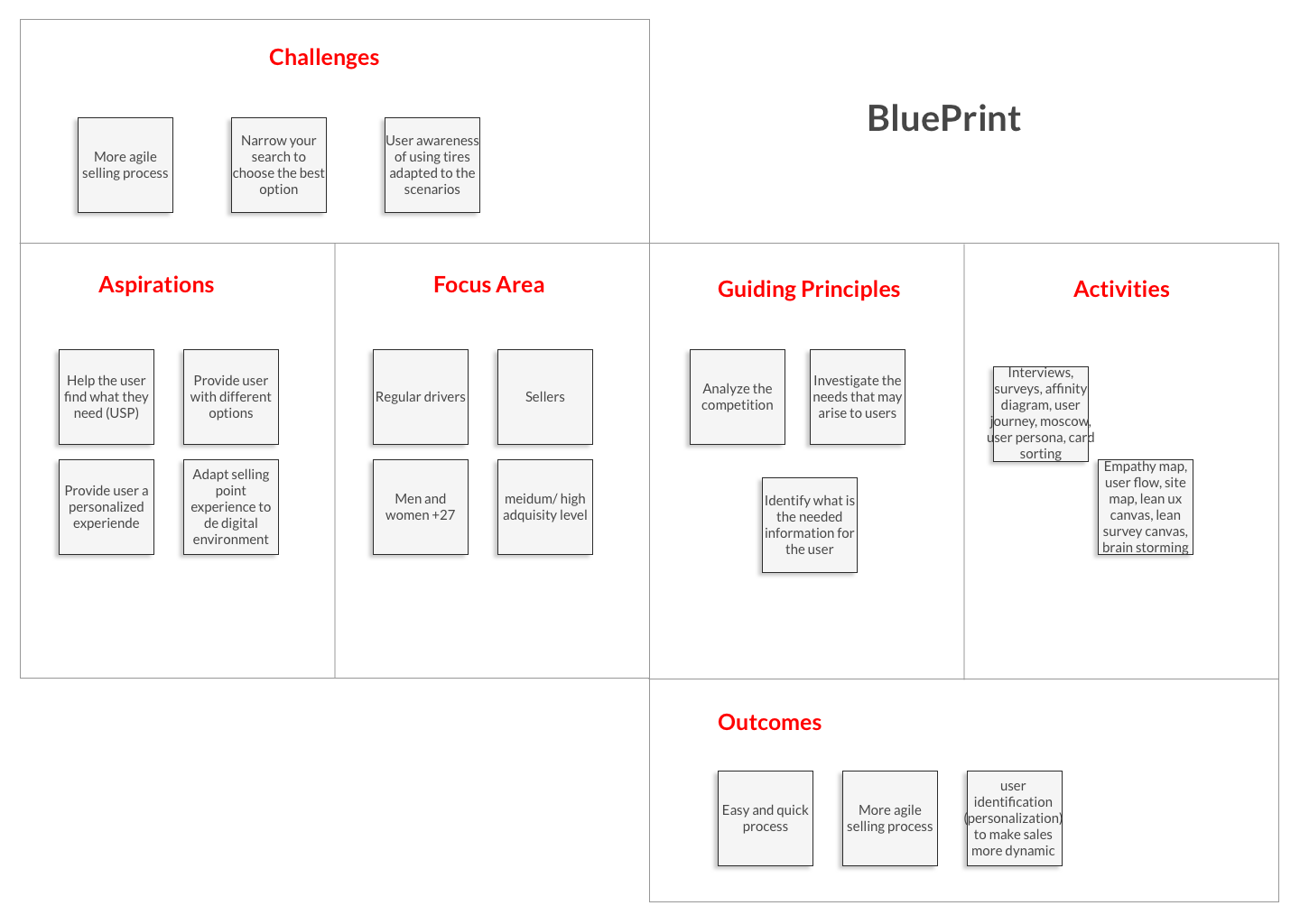
Challenge
B App is an app designed to help Bridgestone users find the most accurate product. Bridgestone is in a process of digital transformation of its current processes and products and, framed within this, it is required to create an App that includes Augmented Reality (AR).
Objective
The objective of the App is to make Bridgestone's different tire models available to retailers and/or customers for remote digital sampling and viewing.
3 methodological streams
We believe that the value of a project lies in the efficient mix of these 3 methodological streams within an iterative and lean process.
Interaction Design & UX Strategy
We define interactions that shape the experience according to the user's needs.
User Research & Concept Design
We research with users to discover their needs, in relation to the experiences we create, from start to finish.
Art Direction and Visual Design
Through conceptualization, we create the sensory part of the experience.
Envisioning
We generate ideas and identify the concepts that can add value to the project and start shaping solutions.
For this purpose, we will perform a Benchmarking by analyzing entities, together with current trends that we consider relevant, focusing on the critical points for users:
Navigation
Account Registration
Register
Shopping Cart
Processes
Accessibility
Etc.
Activities
Interaction
We define how the users will communicate with the system, and the system with the users, as well as their behavior in different contexts. In this phase of the method we perform two sub-steps, known as:
Information architecture
In this stage we started with an information architecture exercise where we analyzed the functionalities and contents to define the best organization and access to contents.
Workflows
In this stage we will analyze the workflows provided by Bridgestone to identify critical points and analyze best practices and solutions in terms of information design, interaction and visual design.
Prototipyng
In the Prototyping phase we shape the identified screens. We will build a user interface through interactive wireframes developed for mobile and desktop view.
Wireframes are colorless, high-definition sketches that allow us to define and validate screens and processes in a fast and agile way.
They show:
Visual Design
We create a design solution that reflects the previous research work done. A design that will connect the user with the brand.
Creative Brief
We will work with Bridgestone's brand managers to define the pillars of the new digital corporate line. It is key that those attending the session have decision-making capacity, as we will identify the keys that will project the new App. The objective is to understand the brand and how we want to project it visually in the new communication channel.
Look & Feel Proposal
We will make a proposal of the graphic line, from the design of two significant screens. Following the methodology, we will make a visual proposal focused on the mobile environment and a desktop view. This milestone is one of the key points of the project, as it will set the guidelines for the construction of the rest of the views.
Navigable Model
In the next stage we will create a navigable mockup, a non-reusable html prototype that allows interaction with it. The objective is to be able to use this mockup to perform user tests and analyze the impact of users to the new product. With this exercise we intend to get a "feedback" before developing all the screens and see that we are going in the right direction.
Screen Design
Once the graphic line has been approved, we will design the rest of the screens defined in the prototypes. We will work the designs in their cell phone views, completing a development according to the proposed solution. As mentioned in the prototyping section, the designs will be previously validated by the technical team to ensure the feasibility of its implementation.
Style Guide
Once the screens have been finalized, we will build a design guide that includes the graphic guidelines implemented in the new interface. This guide will be support material for the development team when implementing the designs and at the same time it will be the basis for the design if in the future new functionalities are included in the contracting channel. The guide will cover the use of typographies, colors, image treatment, grids, iconography...
Testing
The objective of the test phase is to determine whether the design solution achieved meets the needs and expectations of the user and the organization.
We will test with users based on the identified profiles.
The total number of users will be between 8 or 10.
Duration of one hour per test
The tests are individual
With the results of the tests, and if necessary, a refinement of the designs will be made according to the identified improvement opportunities.
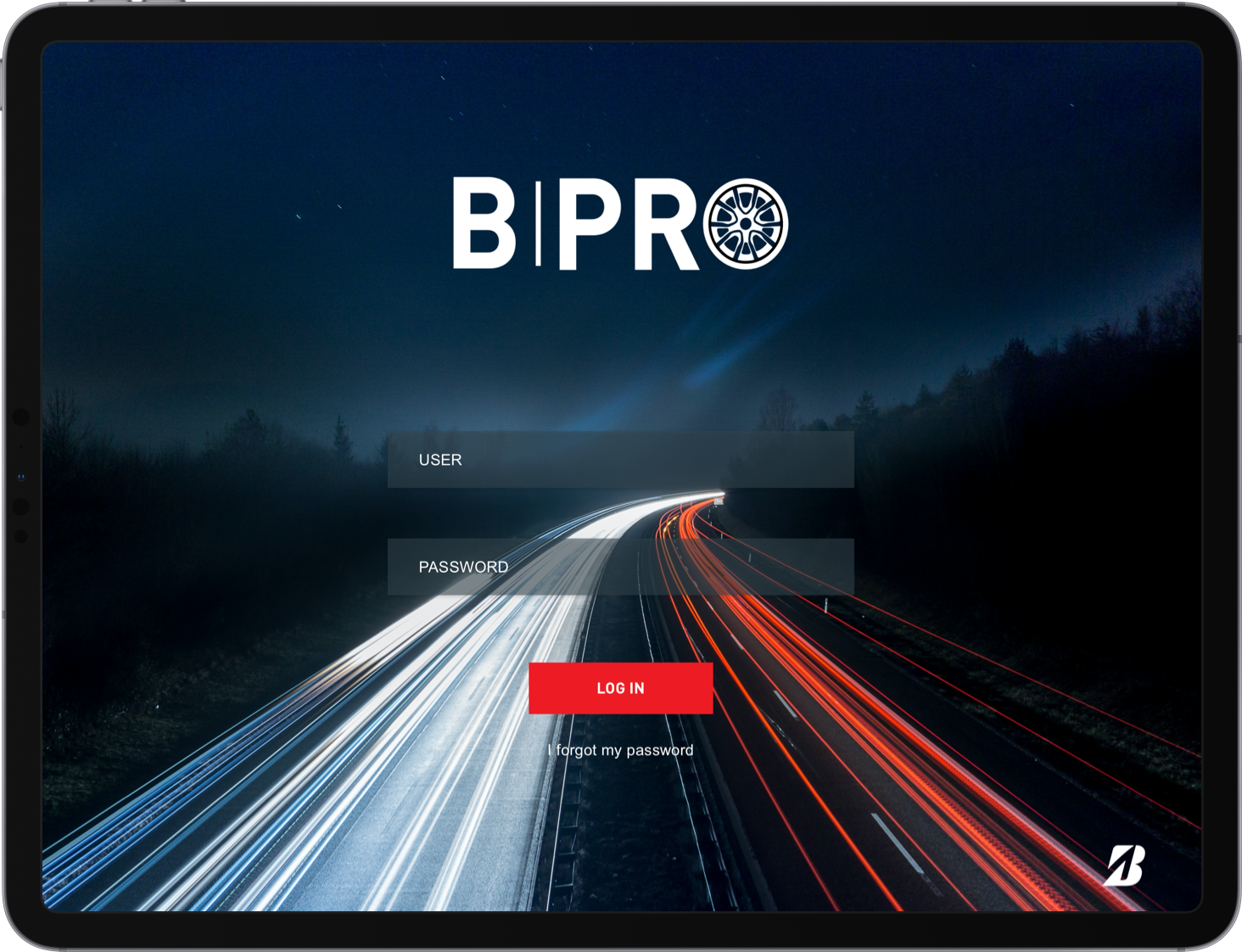
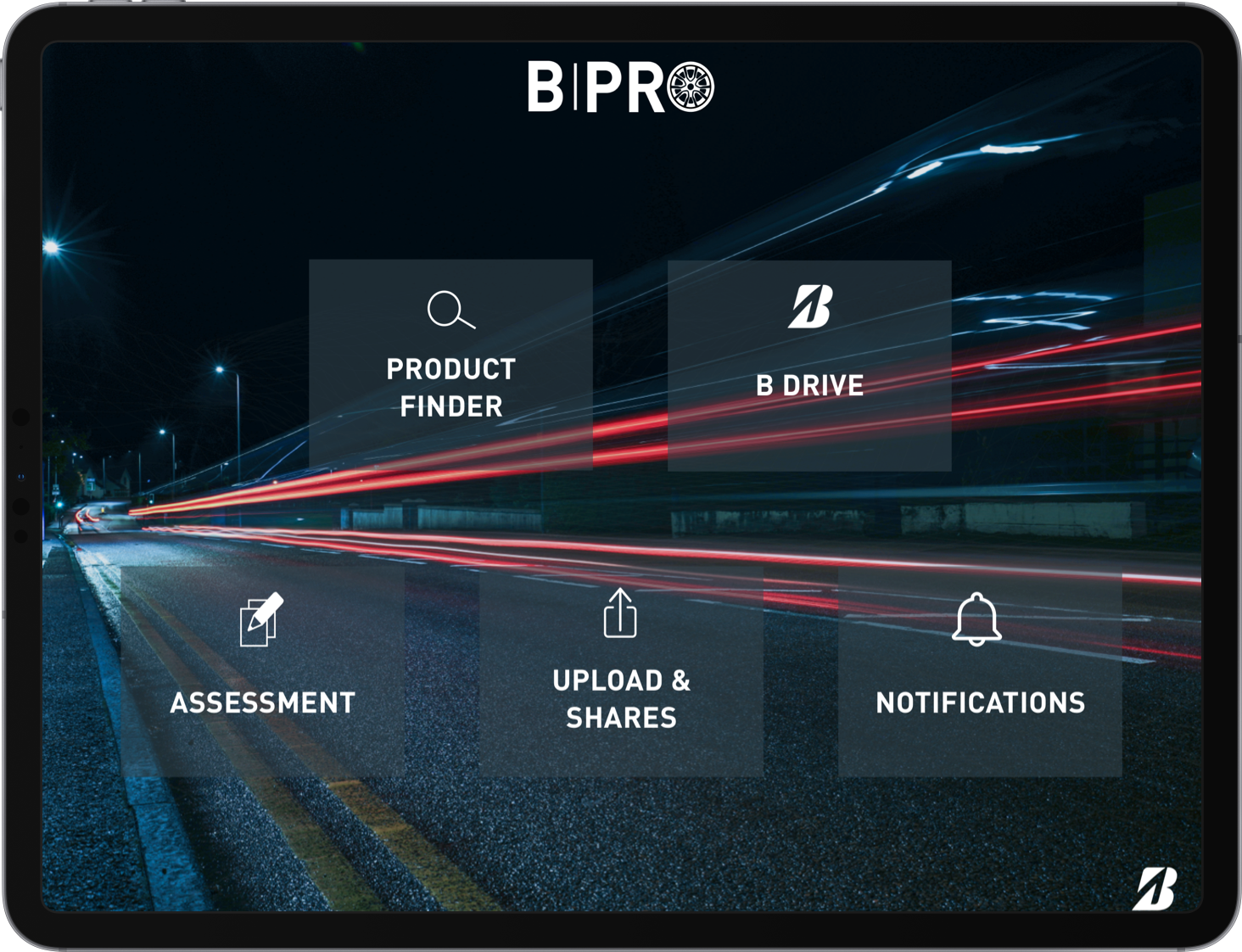
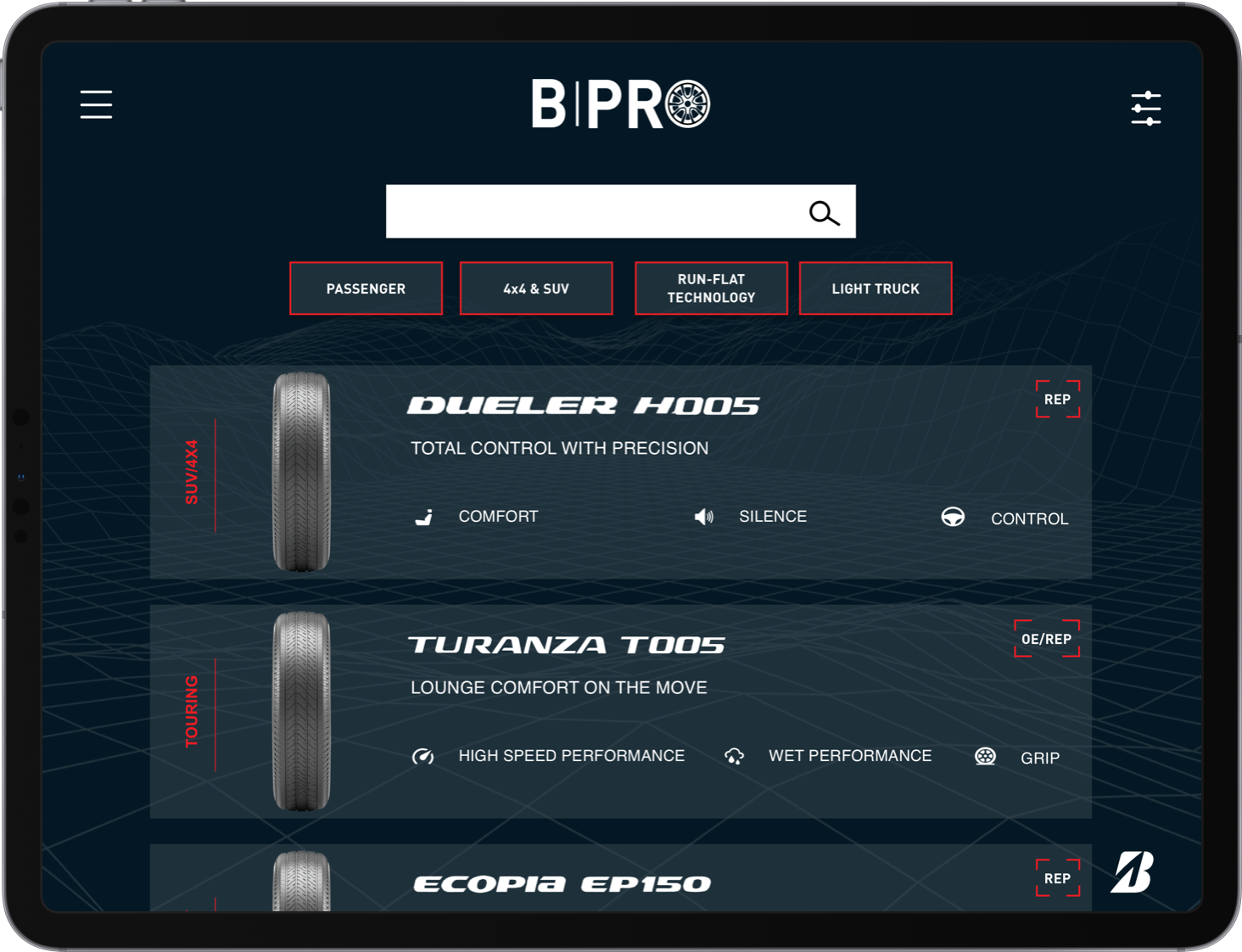
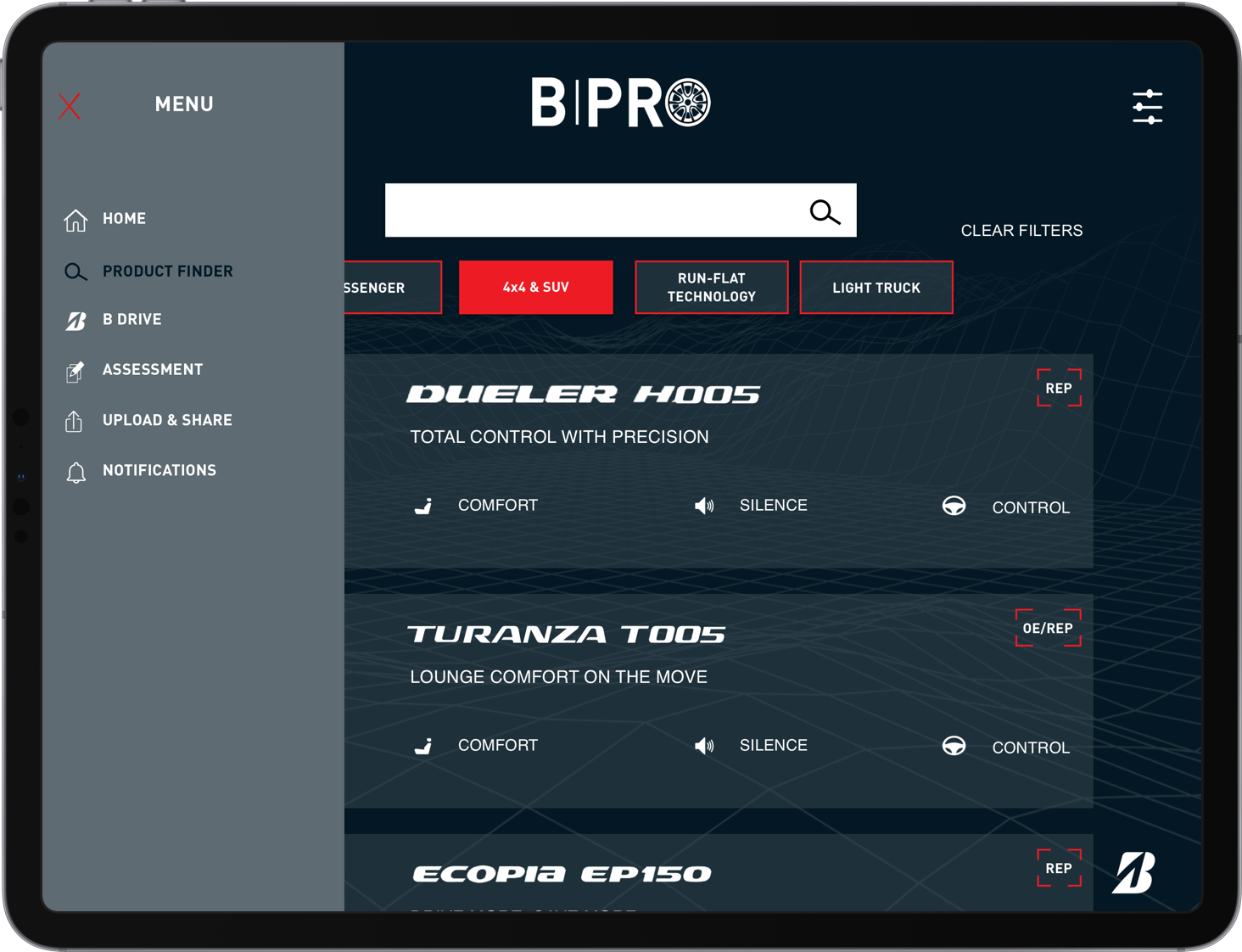
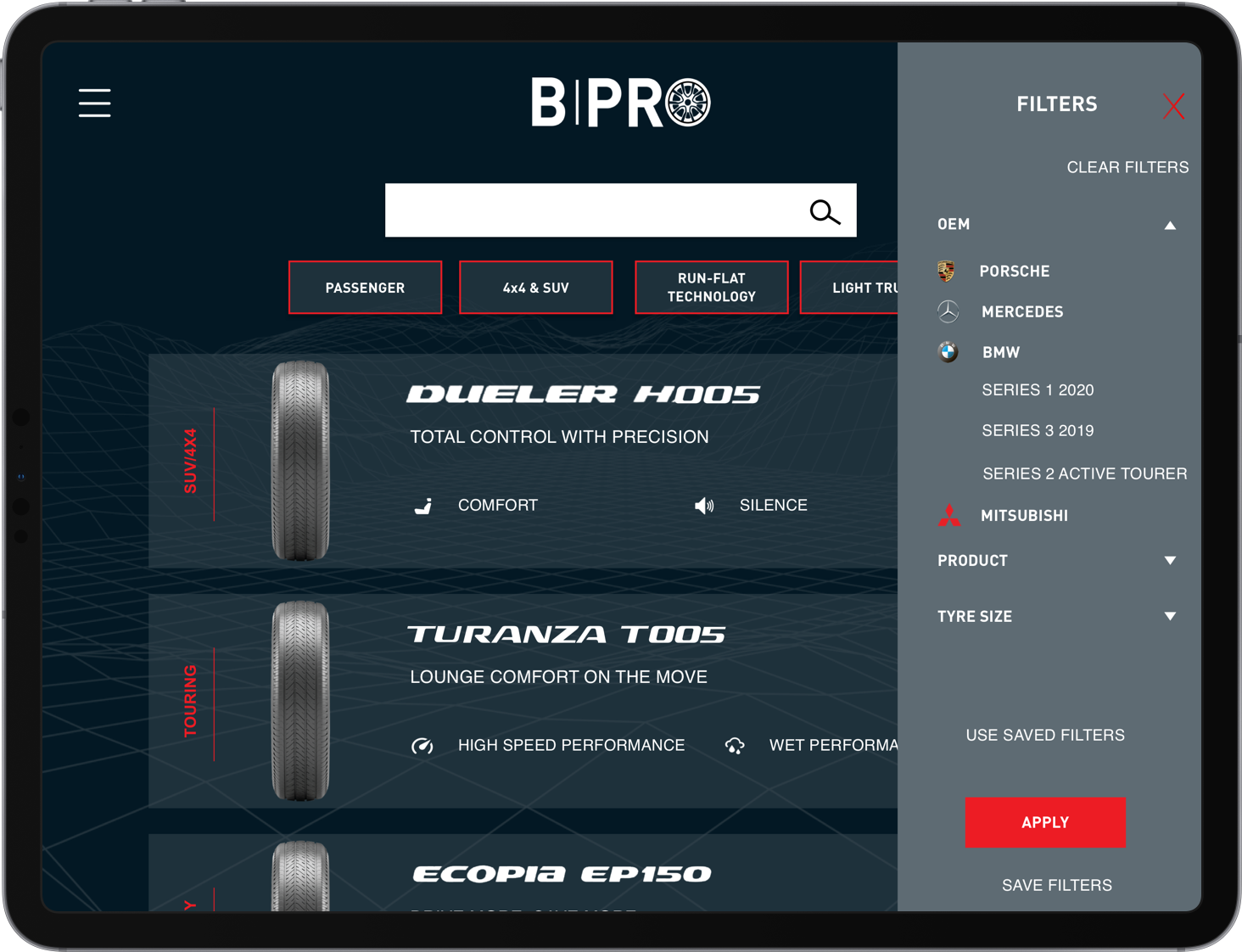
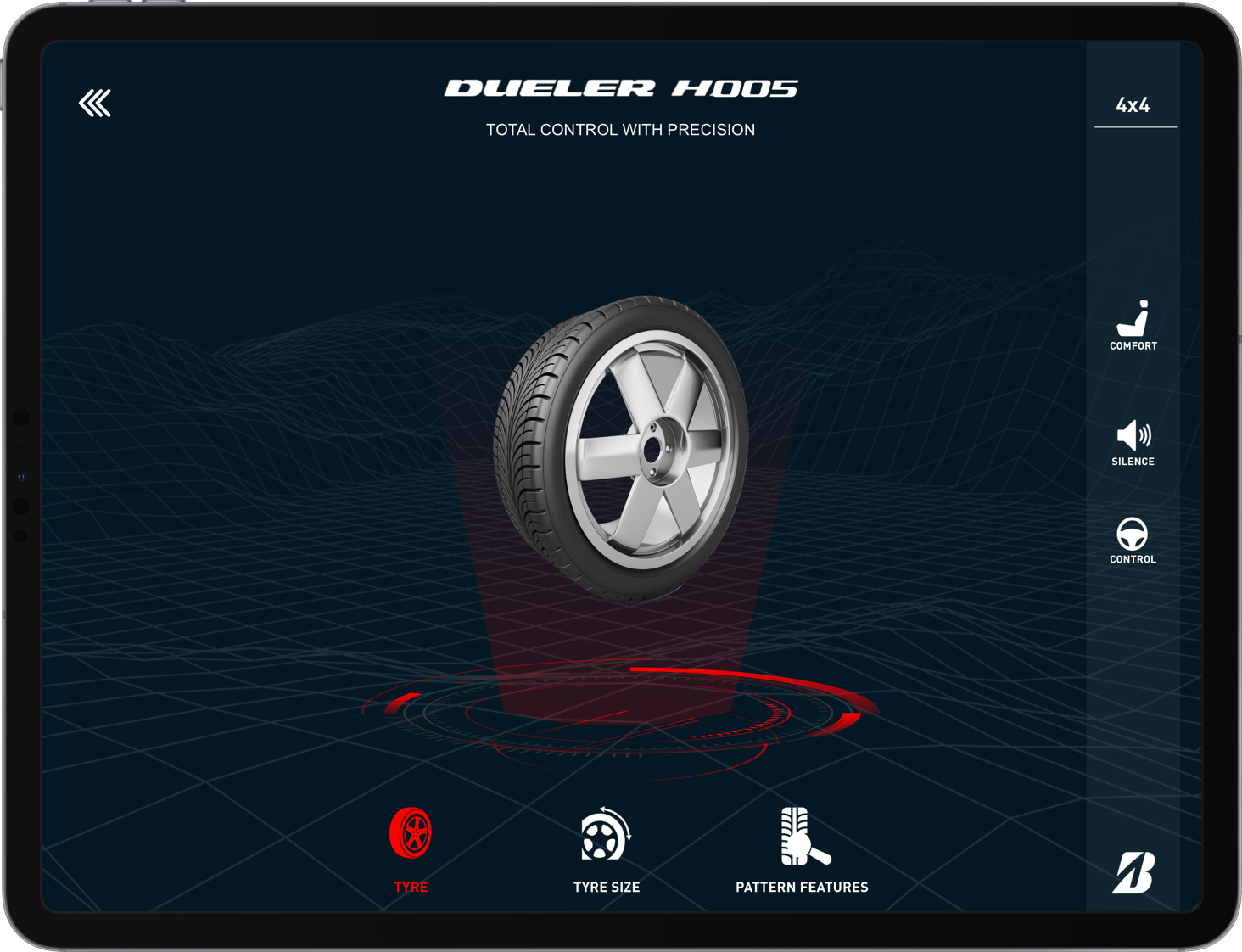
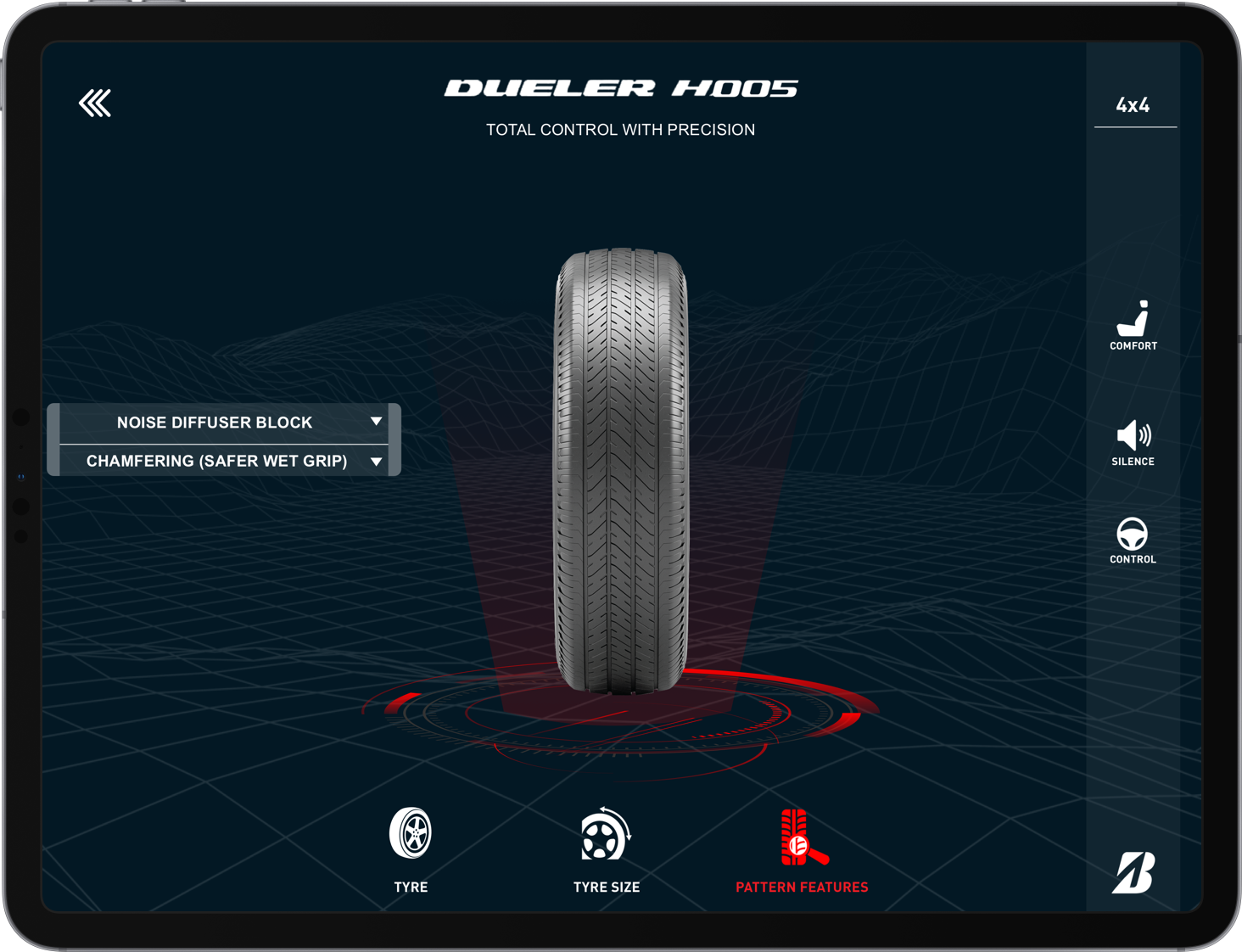
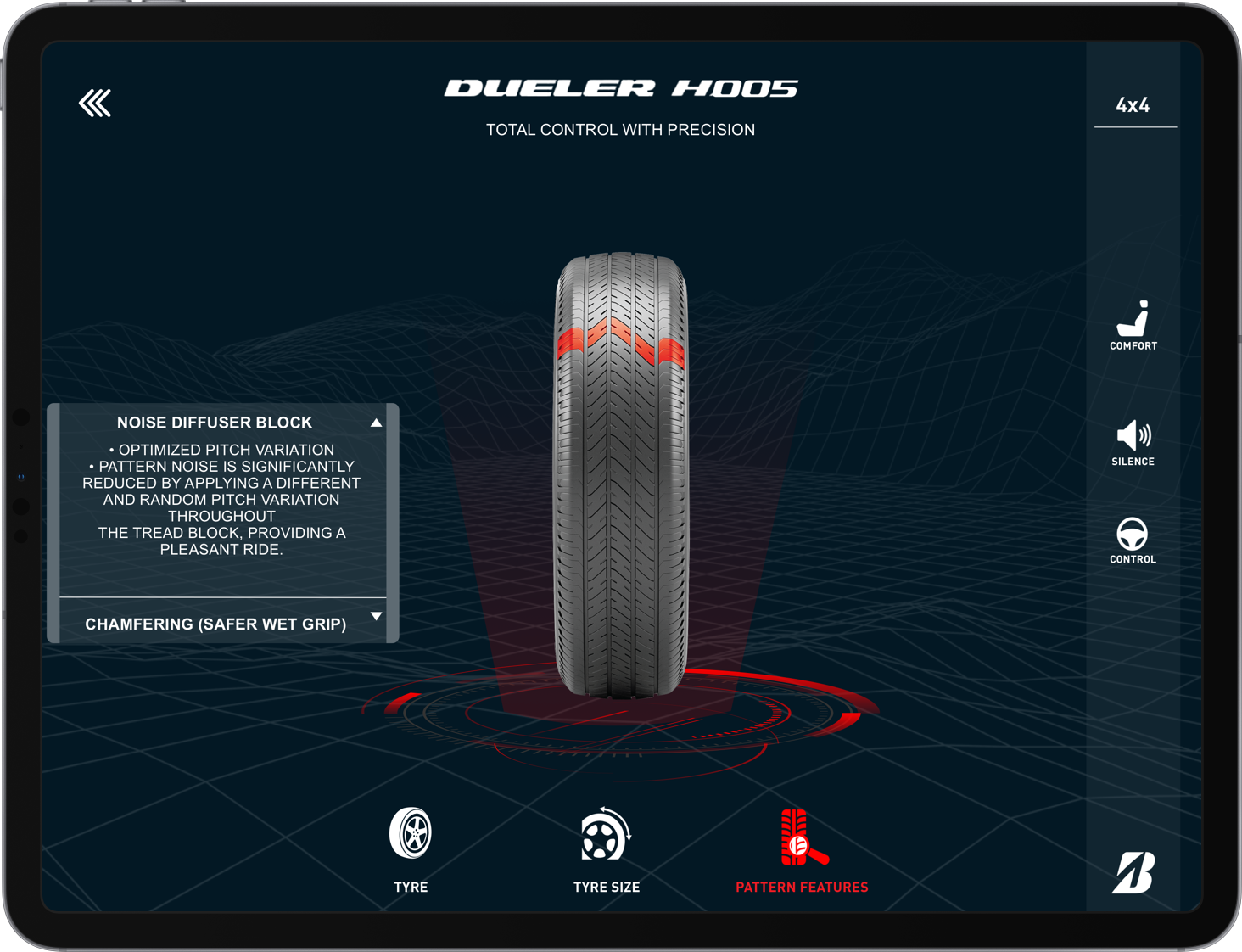
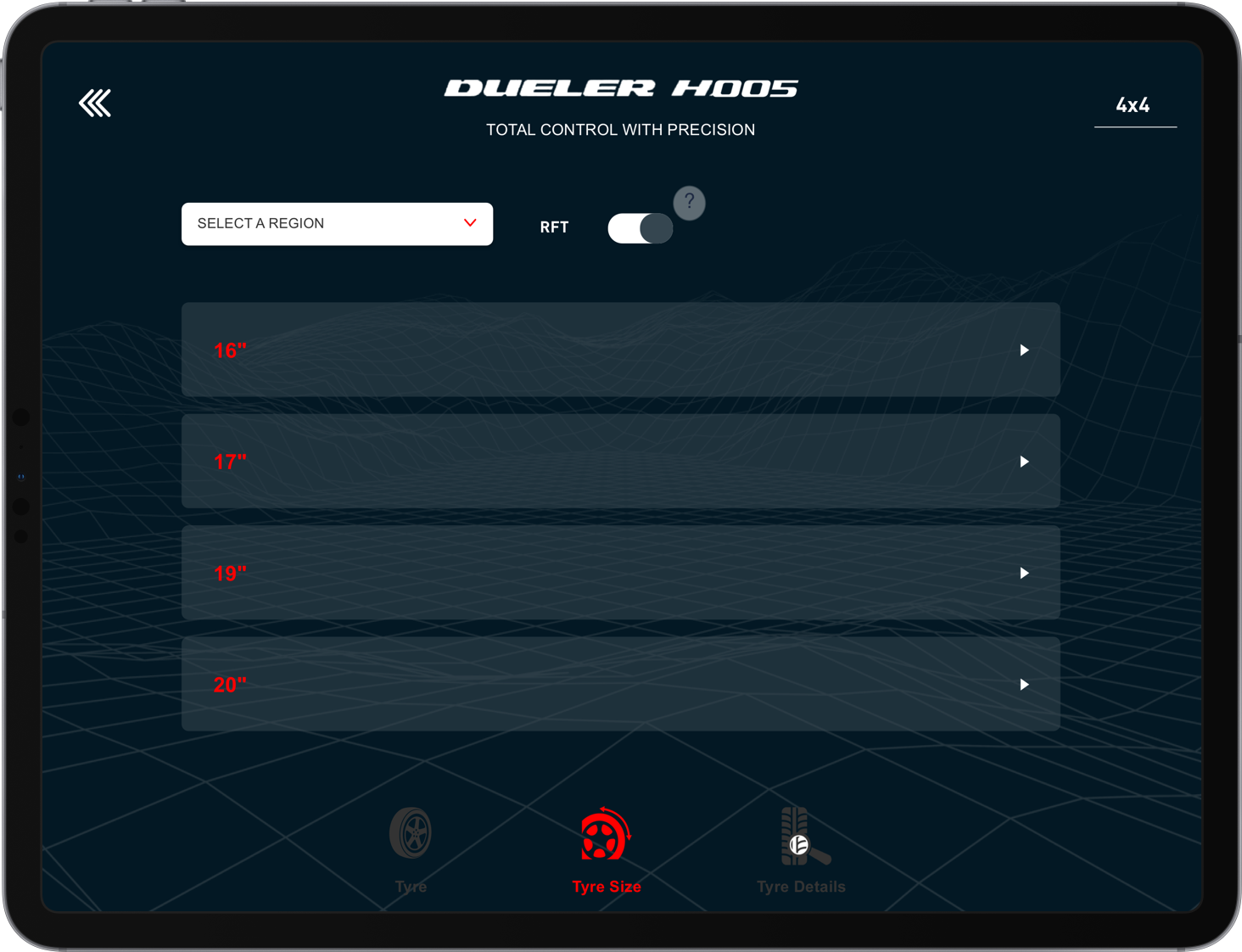
UX Design Thinking
